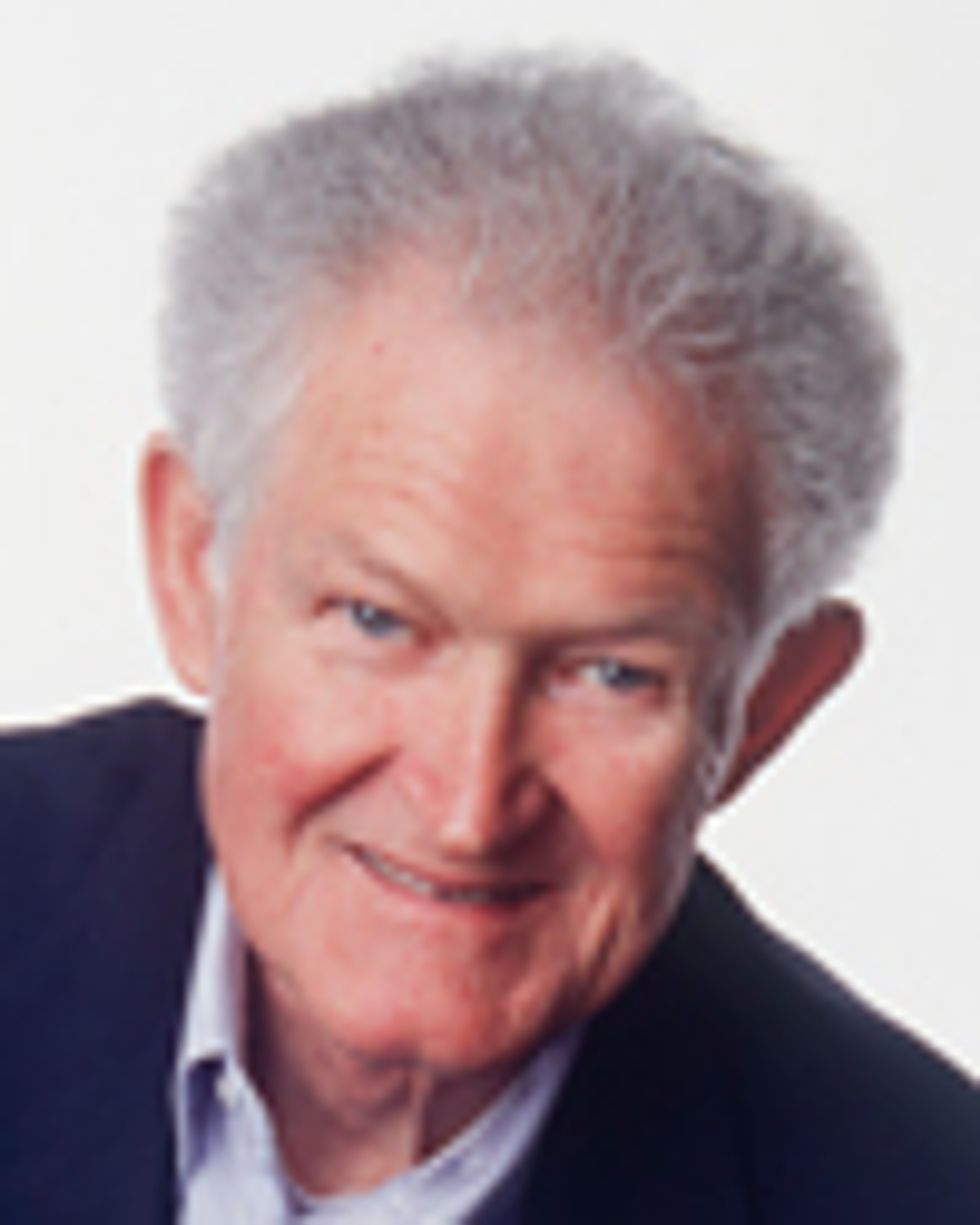
IEEE Medal of Honor and National Medal of Science recipient
Nonmember, 95; died 6 July
Quate received the 1988 IEEE Medal of Honor for the invention and development of the scanning acoustic microscope. The device uses high-frequency sound waves to apply gentle pressure to objects under observation, allowing for new measurements of the internal structures, density, elasticity, and viscosity of living cells without harming them.
He also received the U.S. National Medal of Science in 1992, given to him by President George H.W. Bush, for his contributions to engineering science.
Quate started his career in 1950, when he began working on microwaves as part of the technical research staff at Bell Telephone Laboratories, now Nokia Bell Labs, in Murray Hill, N.J. He was later promoted to associate director of electronics research there. He left in 1959 to work for Sandia Corp., now known as Sandia National Laboratories, in Livermore, Calif., serving as part of the technical research staff. He was promoted the following year to vice president and director of research.
In 1961 he joined Stanford as a professor of applied physics and electrical engineering, eventually becoming a department chair, and remained there until his retirement.
Quate earned a bachelor’s degree in in 1944 in electrical engineering from the University of Utah in Salt Lake City. After graduating, he was selected to work at the Oak Ridge National Laboratory in Tennessee as part of the Manhattan Project. In 1950, Quate also earned his Ph.D. in electrical engineering from Stanford.
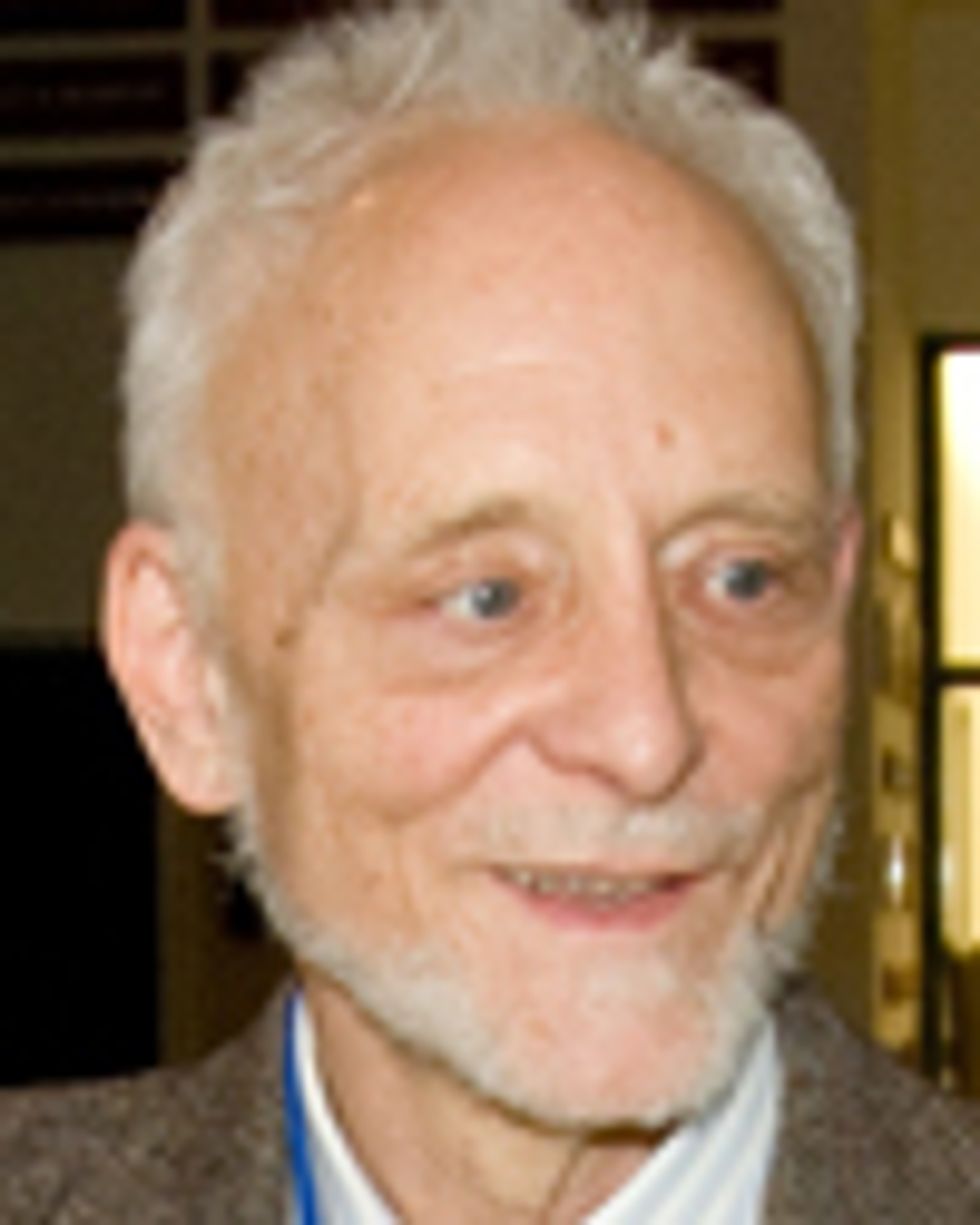
Game theorist and coding pioneer
Life Fellow, 78; died 29 April
Berlekamp was a professor of mathematics, electrical engineering, and computer science at the University of California, Berkeley. He left there briefly in 1967 to work for Bell Telephone Laboratories, in Murray Hill, N.J., but returned to UC Berkeley in 1971. Berlekamp worked at the university part-time in order to focus on his company, Cyclotomics, based in Oakland, Calif. He founded the company in 1973 and retired from there in 2006.
The company’s bit-serial encoders, which convert information from one format to another, and Berlekamp decoders, devices named after him that were capable of converting audio or video signals into different forms, such as analog, became the standards used in NASA’s space communications programs. Both types of devices are still operating on the Voyager I and II satellites, launched in 1977.
In addition, Berlekamp invented several algorithms. The Berlekamp polynomial-factoring algorithm was the first technique for finding solutions for large polynomial equations used in coding. It’s still used in cryptography. Berlekamp was also the coinventor of the Berlekamp-Welch algorithm and the Berlekamp-Massey algorithms, both used for efficient decoding of Reed-Solomon codes. Berlekamp also discovered an algorithm for factoring polynolmials over finite fields, included in computer algebra systems such as Pari.
He coauthored the two-volume set, Winning Ways for Your Mathematical Plays. Berlekamp also wrote the seminal book Algebraic Coding Theory, published in 1968.
In 2013, Berlekamp and his wife, Jennifer, founded the Elwyn and Jennifer Berlekamp Foundation, which supports math and science outreach and educational programs, especially those focusing on combinatorial game theory.
Berlekamp was also a member of the American Academy of Arts & Sciences, the American Association for the Advancement of Science, the American Mathematical Society, the National Academy of Engineering, and the National Academy of Sciences.
He received numerous honors, most notably the 1993 IEEE Claude E. Shannon award. Other IEEE awards he received include the 1990 IEEE Koji Kobayashi Computers and Communications Award and the 1991 IEEE Richard W. Hamming Medal.
Berlekamp earned both a bachelor’s and master’s degree in electrical engineering in 1962 and a Ph.D. in electrical engineering in 1964, all from MIT.
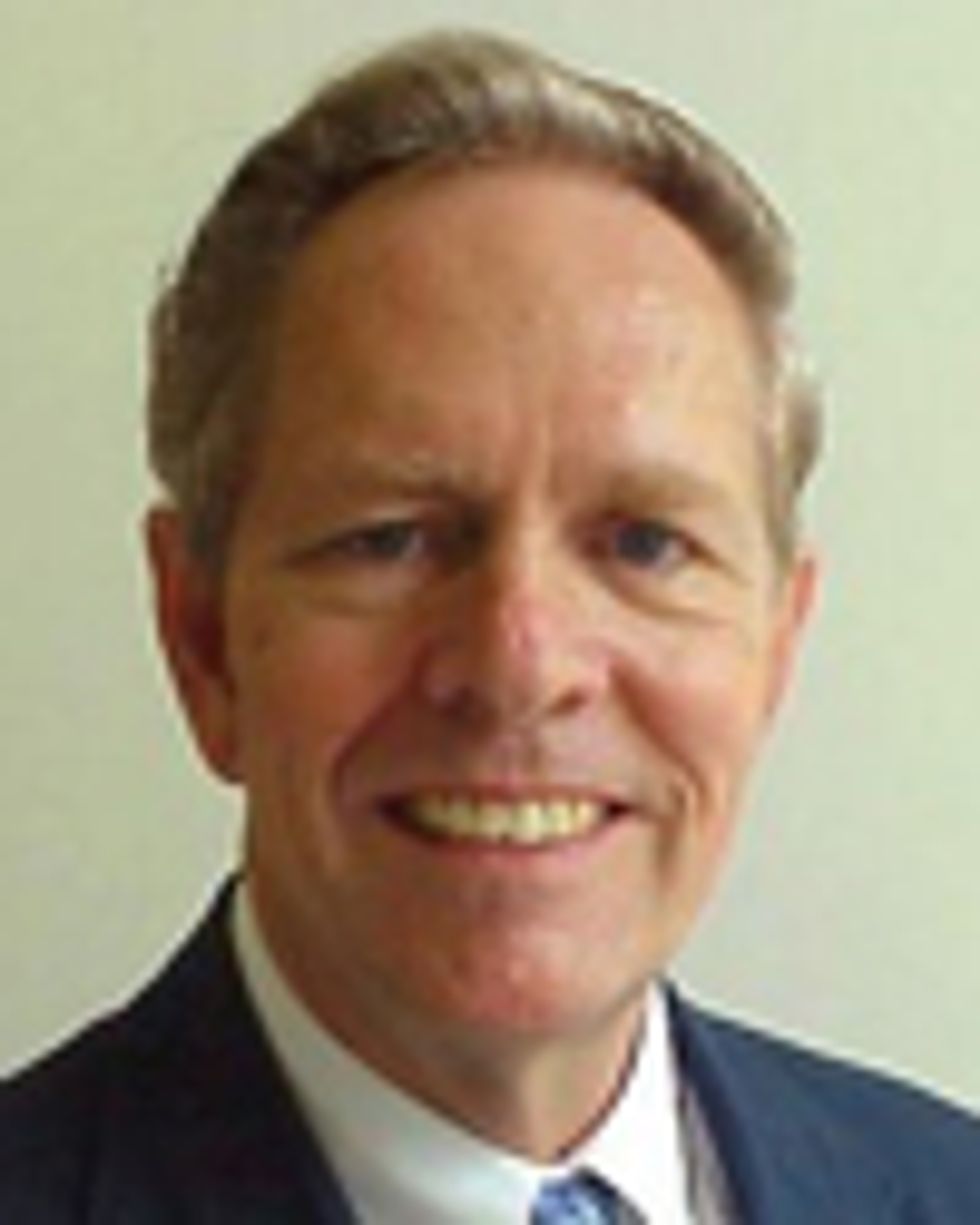
Former IEEE Photonics Society executive director
Life Fellow, 77; died 2 March
Shumate was the executive director of the IEEE Lasers and Electro-Optics Society, now the IEEE Photonics Society, from 1999 to 2006. He oversaw the society’s financial planning activities and organized its many conferences. Shumate also led the effort to create free access to the society’s online journal archive service.
Shumate joined Bell Telephone Laboratories, in Murray Hill, N.J. in 1968, where he conducted pioneering R&D work on optical subsystems used for electronic switching systems, fiber access, and optical data links. He left in 1984 to work as a chief scientist and assistant general manager for Telcordia Technologies, in Morristown, N.J. (Telcordia has since been acquired by Iconectiv.) The company provides secure interconnection of networks, devices, and applications to a variety of organizations. While at Telcordia, Shumate conducted research in such areas as fiber access, digital subscriber line, and powering systems. He retired from the company in 1999.
Shumate served as editor in chief of IEEE Photonics Technology Letters and IEEE Journal of Selected Topics in Quantum Electronics. Most recently, Shumate served on the coordinating committee of the IEEE/OSA Journal of Lightwave Technology.
He was recipient of the 1995 Distinguished Service Award from the IEEE Photonics Society, the 1993 IEEE Communications Society Edwin Howard Armstrong Achievement Award, and several other awards for his work on fiber access.
Shumate received his bachelor’s degree in physics from the College of William & Mary in Williamsburg, Va., and a Ph.D. in physics in 1968 from the University of Virginia in Charlottesville.
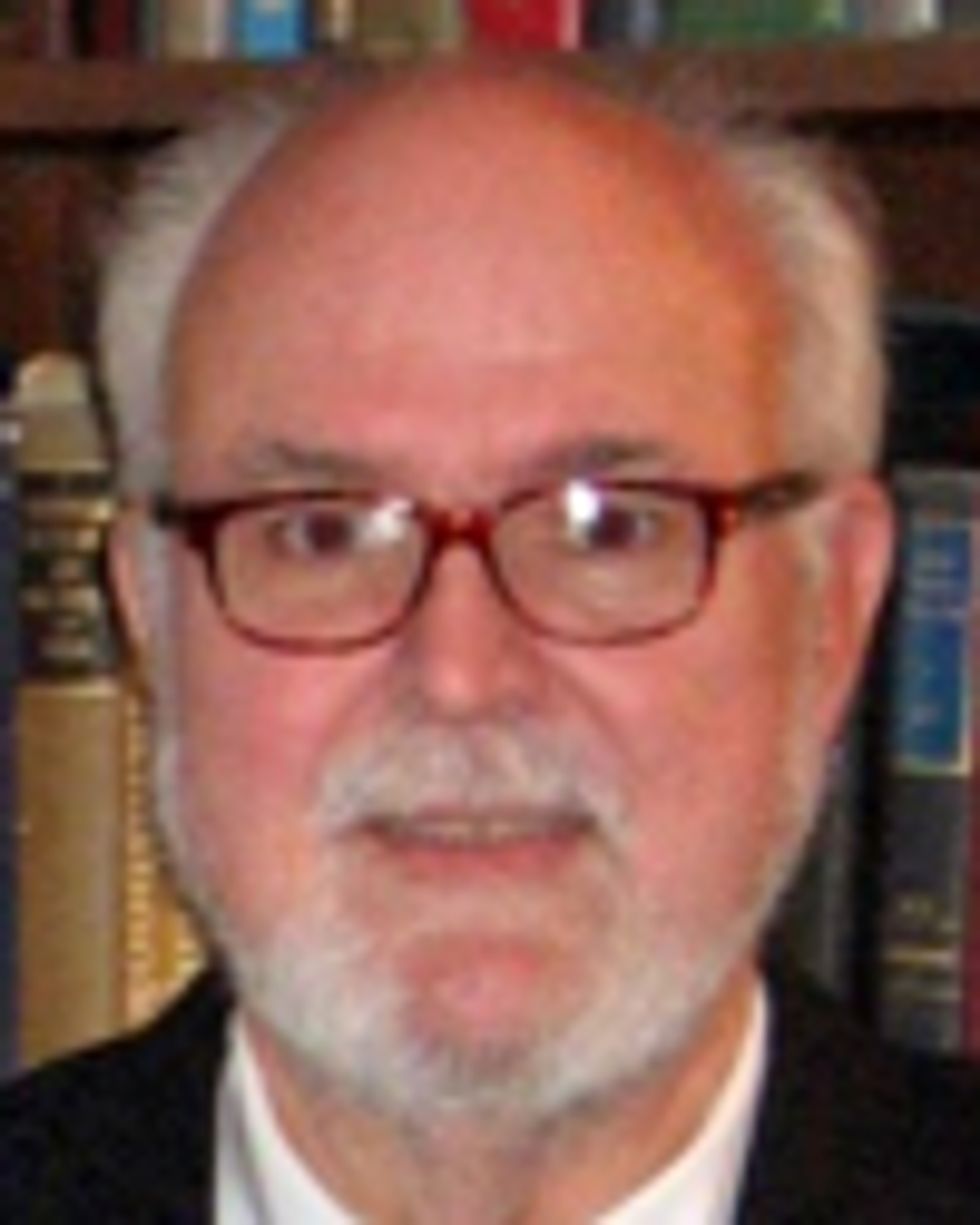
Radio and television engineer
Life senior member, 66; died 12 April
Rackley cofounded du Treil–Rackley Consulting Engineers, now du Treil, Lundin, & Rackley, in 1987, in Washington, D.C. The firm specializes in frequency allocation and signal coverage optimization of broadcast stations for radio and television.
Rackley served as vice president of the IEEE Broadcast Technology Society and president of the Association of Federal Communications Consulting Engineers.
Before forming the consulting company, Rackley worked at Palmer A. Greer and Associates in his hometown of Greenville, S.C., and at Jules Cohen and Associates in Washington, D.C. He also worked as a radio station chief engineer and antenna designer for Kintronic Laboratories, in Bristol, Tenn.
During high school, Rackley worked for several radio and television stations, serving as chief radio operator and a radio transmitter supervisor in Greenville, S.C.
He was the recipient of the 2006 National Association of Broadcasters Radio Engineering Achievement Award for significant contributions to advancing the state of the art in broadcast engineering.
He received his bachelor’s degree in electrical engineering in 1978, specializing in electromagnetic fields, from Clemson University in South Carolina.
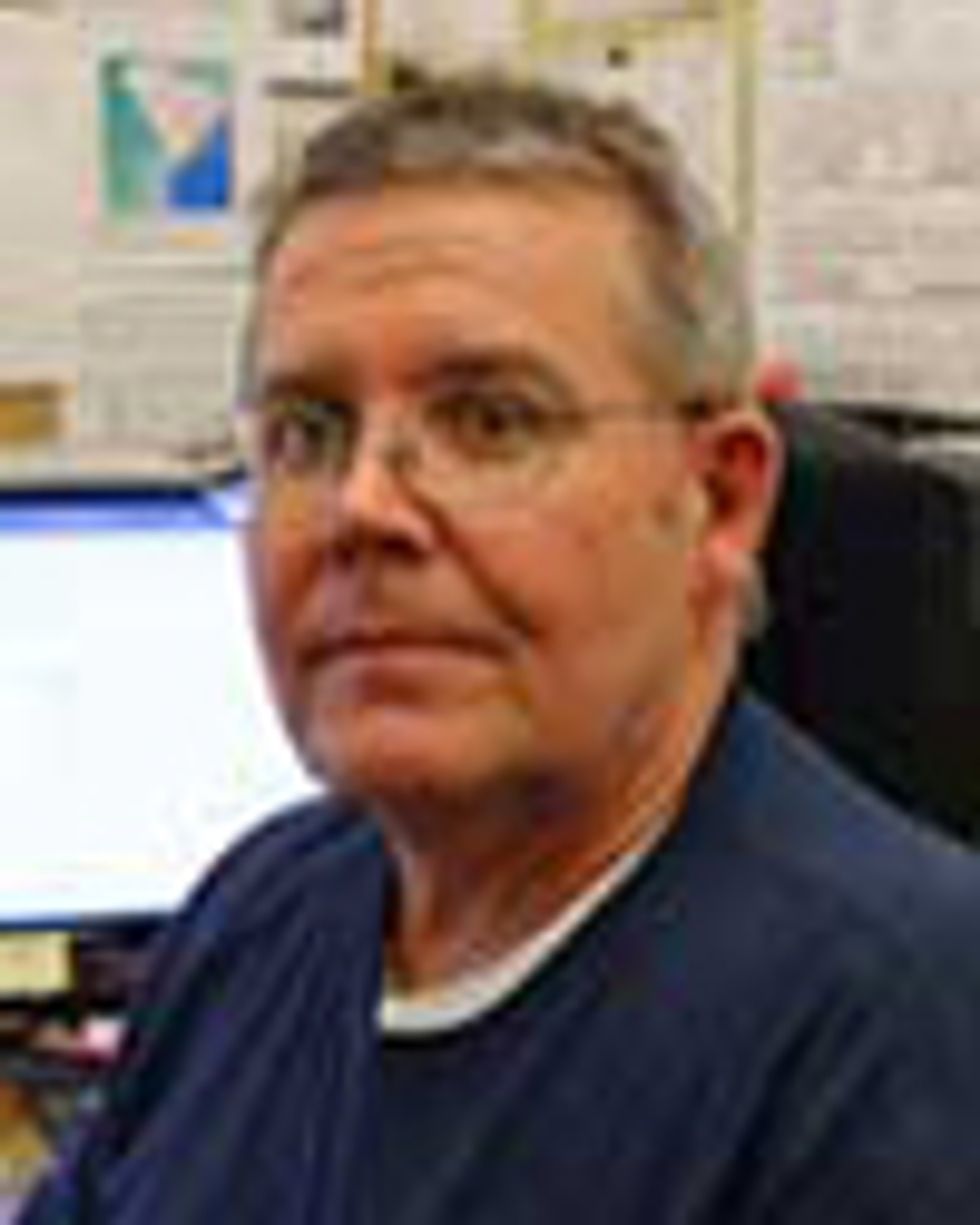
Electrical engineer
Senior member, 60; died 28 April
Player worked in the construction business for 20 years as a master electrician and project manager for several electrical contractors in Columbia, S.C.
Player began working in January 2000 for GWA, an electrical engineering firm, in Columbia. While there, his work focused primarily on infrastructure projects for institutional and industrial clients. Player was also in charge of the firm’s short-circuit and coordination studies as well as of analyzing arc flash hazard, which is the light and heat produced from electrical explosions or discharges. He also developed an in-house software program that kept track of labor and materials costs for the company.
Player was active with the Illuminating Engineering Society, a forum used by engineers to disseminate information on good lighting practices to the lighting community. It also educates consumers through a variety of programs, publications, and services.
Player was a veteran of the U.S. Navy and attended the U.S. Navy Nuclear Power School. He left there in 1997 to attend the University of South Carolina, in Columbia, where he graduated with a bachelor’s degree in electrical engineering.
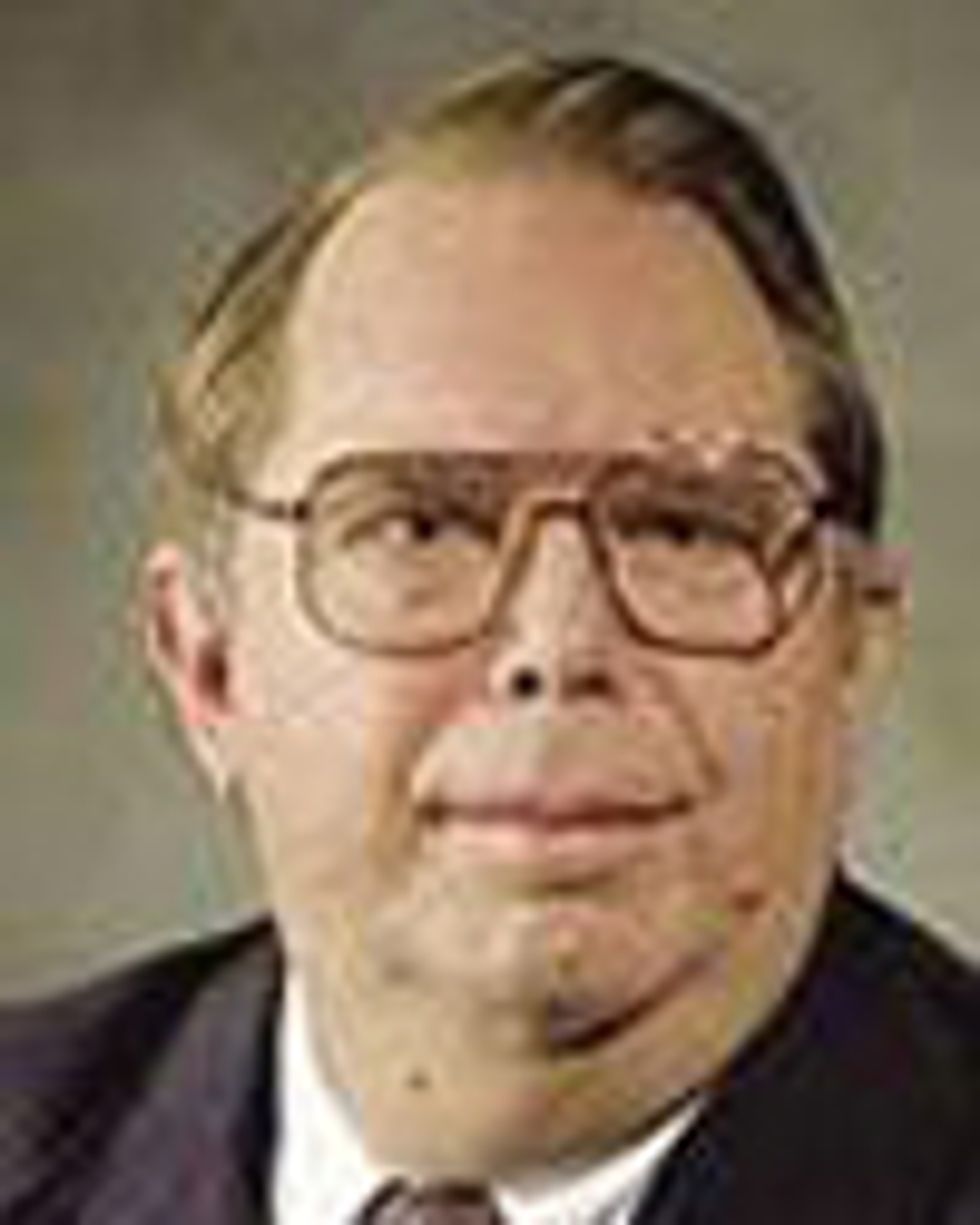
Former director, National Science Foundation Engineering Directorate Program
Life Fellow, 79; died 5 May
Tranter began his professional career in 1969 when he was hired as an assistant dean of engineering for the Missouri University of Science and Technology in Rolla, eventually rising to the position of associate dean of engineering. He left in 1997 to become a professor of electrical and computer engineering at Virginia Polytechnic Institute and State University, in Blacksburg.
He was a member of Wireless @ Virginia Tech, formerly known as the Mobile and Radio Research Group, a research group within the university’s Department of Electrical and Computer Engineering focused on the advancement of wireless technology.
He then served from 2009 to 2011 as a program director for the National Science Foundation’s Computer and Information Science and Engineering Directorate, in Alexandria, Va.
Tranter was a member of the IEEE Communications Society’s board of governors. For 11 years, he was the editor in chief of the IEEE Journal on Selected Areas in Communications.
He was the recipient of the 1989 IEEE Donald W. McLellan Meritorious Service Award and the 2001 IEEE Communications Society Joseph LoCicero Award for Exemplary Service to Publications Award.
Tranter earned his bachelor’s, master’s, and doctoral degrees, all in electrical engineering, in 1964,1965, and 1970, respectively, from the University of Alabama in Tuscaloosa.
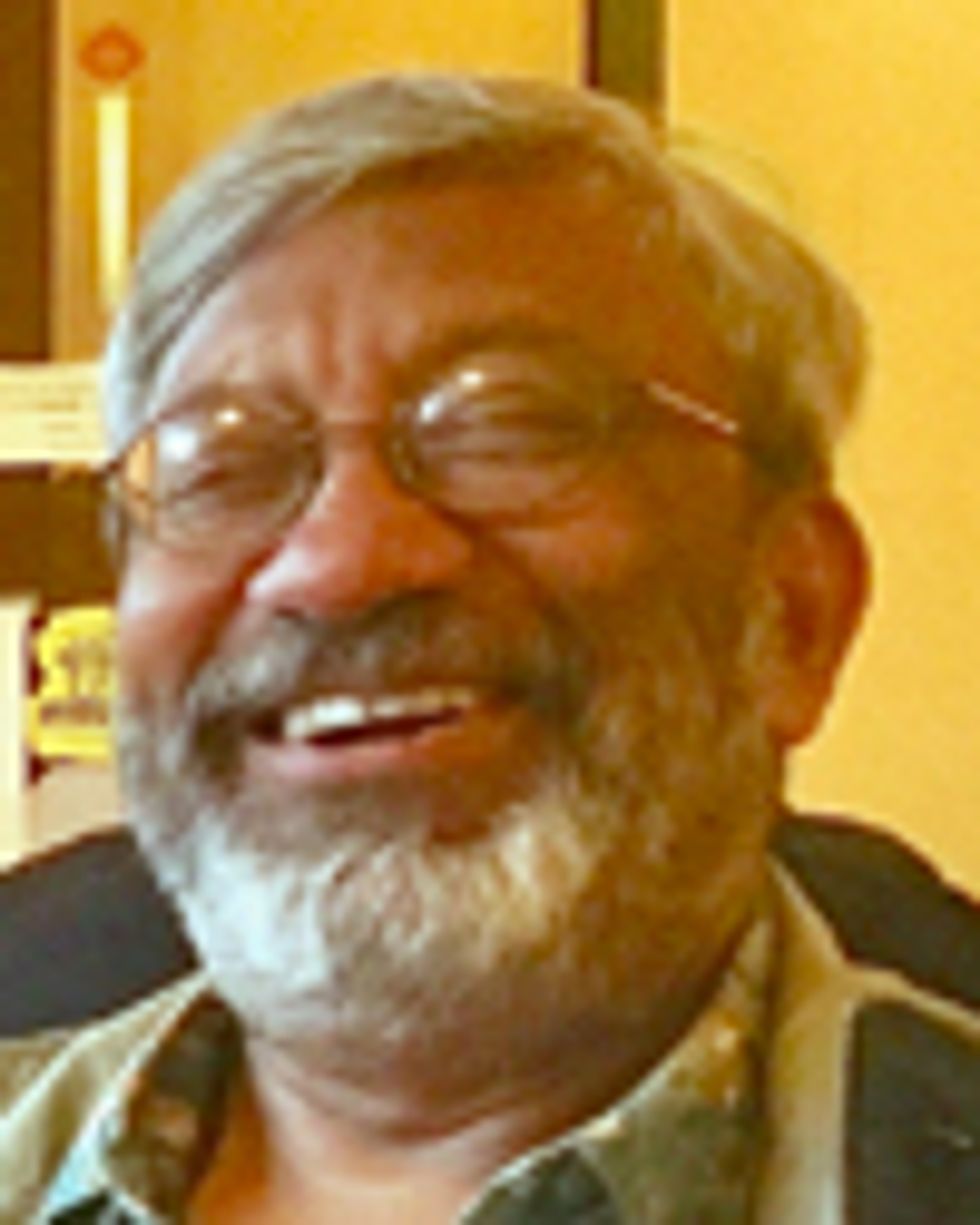
Former vice president of Samsung Information Systems America
Senior member, 66; died 6 June
Baral worked for several companies in California including Conner Peripherals, Maxtor, Memorex, and Western Digital before joining Samsung Information Systems America.
Baral was vice president at Samsung’s Hard Disk Drives Labs, in New York City, where he led the development of high-capacity drives and drive integration technologies for personal computers. He retired from Samsung in 2017.
He also held several patents that greatly improved the storage and function of hard disk drives.
Baral grew up in Howrah, West Bengal, India, on the campus of the Bengal Engineering College, now Bengal Engineering and Science University, where his father was a renowned professor of electronics and telecommunication.
He received his bachelor’s degree in physics in 1972 from Presidency College, now Presidency University, in Kolkata. He also earned two master’s degrees in India, one in physics in 1975 from the University of Delhi, and the other in technology in 1977 from the Indian Institute of Technology, Kanpur. He received a Ph.D. in physics in 1983 from Northwestern University, in Evanston, Ill.
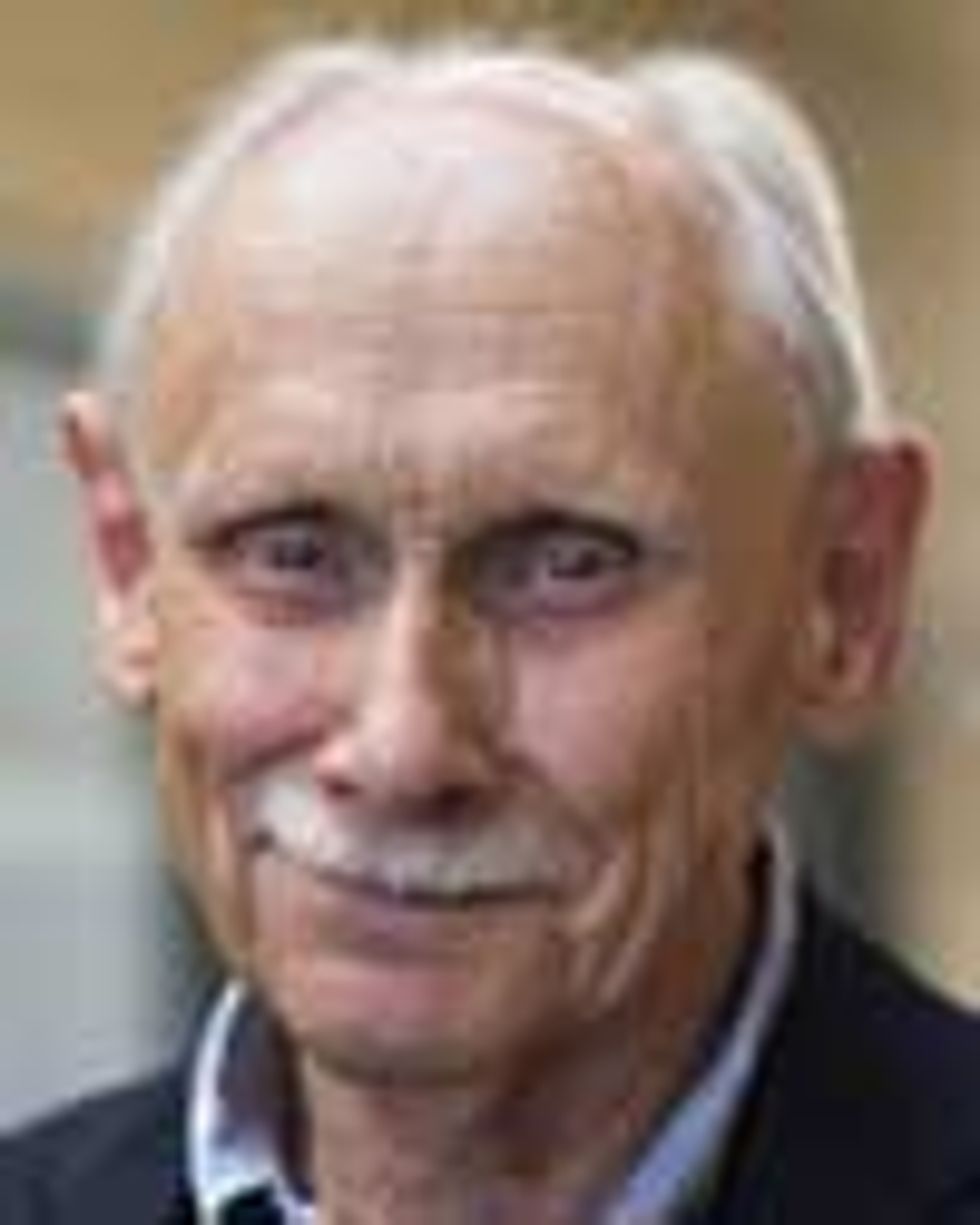
Instrumentation engineer
Life Fellow, 89; died 16 June
Gilbert’s area of work centered around theory and application of control systems. He published more than 100 papers. He also holds nine patents in simulation and control technology.
Beginning in the early 1950s, Gilbert was involved in developing analog computer and aircraft simulation research programs at the University of Michigan, in Ann Arbor.
Gilbert was a professor of aerospace engineering at several schools. His teaching career began at the U.S. Air Force Academy, in Colorado Springs, Colo., in 1965. He then taught at Johns Hopkins University, in Baltimore, from 1974 to 1976 and again from 1991 to 1992. He was also a member of the faculty at the University of Minnesota, in Minneapolis, in 1996 and at the National University of Singapore, in Queenstown, from 1997 to 2005.
He cofounded Applied Dynamics, a computer firm in Ann Arbor, in 1957. He was also a key member of the Applied Dynamics group, a robotics research team where he was responsible for the conception and development of new products such as state-of-the-art analog and hybrid computers.
His highly referenced method, Gilbert’s realization—named in his honor—helps identify the roles of observability and controllability in state-space system representations. It is now a standard topic covered in electrical engineering textbooks. Gilbert also cowrote a paper in 1988 on model predictive control, the first such publication to specifically address certain stability issues crucial in many current control applications.
Gilbert was the recipient of the 1994 IEEE Control Systems Award for his contributions to linear state space theory and its applications.
He earned his bachelor’s and master’s degrees in electrical engineering in 1952 and 1953, respectively, and a Ph.D. in instrumentation engineering, all from the University of Michigan.

Electrical engineer
Senior member, 58; died 19 July
Fehr began his professional career in 1992 as a deputy associate director for energy matters for the U.S. Air Force, in Washington, D.C. He left in 1998 to become an adjunct instructor at the University of South Florida, in Tampa, where he worked until 2005. From 2006 to 2010, he was an assistant professor of electrical engineering at the University of South Florida’s College of Engineering. He also mentored the school’s IEEE robotics team.
Fehr’s research interests included power system planning methods and reliability enhancement techniques, infrastructure design improvements, and engineering education reform.
He is the author of the book Industrial Power Distribution, which addresses key areas of electric power distribution from a user perspective.
Fehr was the recipient of the 2011 IEEE Region 3 Joseph M. Biedenbach Outstanding Engineering Educator Award. He was a member of the IEEE Power & Energy Society Executive Committee and a former panelist on the society’s committee dedicated to educational reform.
He received his bachelor’s degree in electrical engineering in 1983 from Pennsylvania State University in State College. He earned a master’s degree in electrical engineering in 1987 from the University of Colorado, Boulder, and a Ph.D. in the same field in 2005 from the University of South Florida, in Tampa.
